← Read Part 1 | Read Part 3 →We discussed in the last article how older generations often resist the celebration of “doing nothing,” misunderstanding the concept as promoting laziness instead of intentional rest. The truth is, this practice is about reclaiming time for yourself and letting go of the constant need to be productive. If you missed any of the earlier installments, you can find them linked here.
The idea of celebrated leisure, purposeful unplugging, and its impact on mental health and creativity is not new. I first came across the Dutch word Niksen, which translates to “the art of doing nothing.” Learning how Dutch culture embraces Niksen sparked my curiosity. I wanted to know: how do other cultures name and practice this idea?
In Part 3, we’ll take a look at how “doing nothing” shows up around the world. Each word holds its own history, and each practice reflects the values of the culture it comes from. My hope is that this perspective inspires you to carve out little pockets of leisure in your own life, and helps reinforce that doing nothing has long been honored in many places outside the US. It only feels “taboo” to us because of the constant hustle and grind mindset we’ve been raised with.
🇮🇹 Dolce far niente (Italian)
“The sweetness of doing nothing.”
In Italy, this might look like lounging on a terrace, sipping espresso, or sitting in a piazza simply watching the world go by. Sometimes it’s shared with a partner or friends, other times it’s just you and the sunshine. It’s not idleness, but an appreciation for beauty and pleasure without guilt. Dolce far niente is at the heart of la bella vita, a life lived sweetly and fully in the present moment.

🇳🇱 Niksen (Dutch)
“The art of doing nothing.”
Niksen is intentional idleness. Picture sitting on a park bench, staring out the window, or setting your phone aside with no agenda. In a culture that is famously structured and efficient, Niksen is a counterbalance. It is solo by nature, a way to create mental space and even spark creativity. For the Dutch, it’s a reminder that productivity isn’t everything.
🇯🇵 Yutori (Japanese)
“A feeling of spaciousness or ease.”
Yutori shows up as leaving extra time in your schedule, moving at a slower pace, or walking without urgency. It’s about mental breathing room. Japan is known for its fast-paced and highly scheduled culture, so Yutori is a gentle rebellion. Whether enjoyed alone or shared, it reflects a collective need to step back and live without being rushed.
🇪🇸 Sobremesa (Spanish)
“Time spent lingering at the table after a meal.”
In Spain, mealtime isn’t just about eating but connection. Sobremesa is the ritual of staying at the table long after the food is gone, talking, laughing, sipping coffee or brandy. It’s always communal, never rushed, and it transforms a simple meal into something sacred. It reminds us that togetherness is as nourishing as the food itself.

🇫🇷 Flâner (French)
“To stroll aimlessly, observing life.”
Flâner is less about destination and more about the experience of wandering. Imagine drifting through city streets, pausing at bookstalls, or people-watching at a café. It’s often solo, though it can be shared. The French have long celebrated this kind of leisurely observation as a way to reflect, to notice beauty, and to find romance in the everyday.
🇵🇹 Desenrascanço (Portuguese)
“Improvising a solution at the last minute.”
At first glance this seems less about doing nothing and more about quick problem-solving, but there’s a relaxed spontaneity to it. Sometimes it means trusting that things will sort themselves out without meticulous planning. In Portugal, desenrascanço reflects resilience and humor in the face of chaos. It’s not inactivity, but a comfort with letting go of rigid control.

🇩🇪 Sitzfleisch (German)
Literally “sitting flesh”; the ability to sit still for long periods.
Sitzfleisch is often used to describe endurance at work or study, but it also fits leisure. Think of sitting in a beer garden for hours, talking, watching, staying put. It can be solo or social, but at its core it’s about patience, stillness, and the ability to remain in one place without restlessness.
🇯🇵 Zanshin (Japanese)
“Remaining mind”; calm awareness and presence in the moment.
Zanshin is practiced in martial arts, calligraphy, archery, or tea ceremony. It’s not idle stillness, but mindfulness that lingers even after an action is complete. Usually practiced solo, though often in communal settings, it reflects Zen values of presence, grace, and discipline. It’s a reminder that “doing nothing” can also mean being fully in tune with what is.

🇰🇷 Hyojeong (효정) (Korean)
A serene and harmonious state of heart and mind.
Hyojeong shows up in moments of sincerity and gratitude,family meals, quiet appreciation, or simply being content with what is. It is most often shared, since Korean culture emphasizes harmony and togetherness. It’s less about pausing activity, and more about cultivating an inner stillness that supports community and relationships.
Closing Thoughts
Exploring these words shows us that “doing nothing” is never really nothing. It’s watching, lingering, breathing, wandering, savoring, or simply being present. Different cultures have been naming and practicing it for centuries, each in their own way.
Maybe the real invitation is this: doing nothing is not about stepping out of life, but stepping into it more fully.
← Read Part 2 | Read Part 4 →

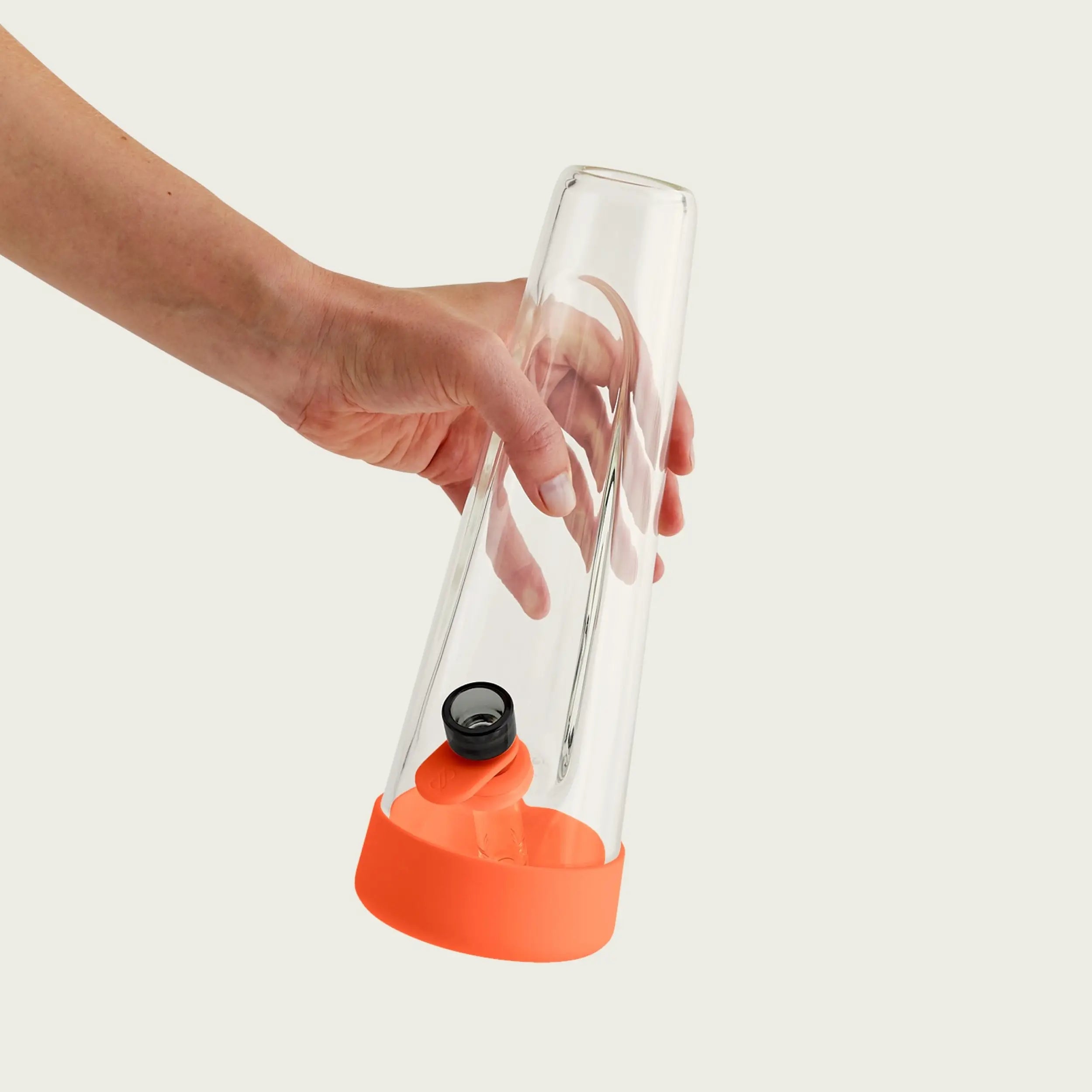
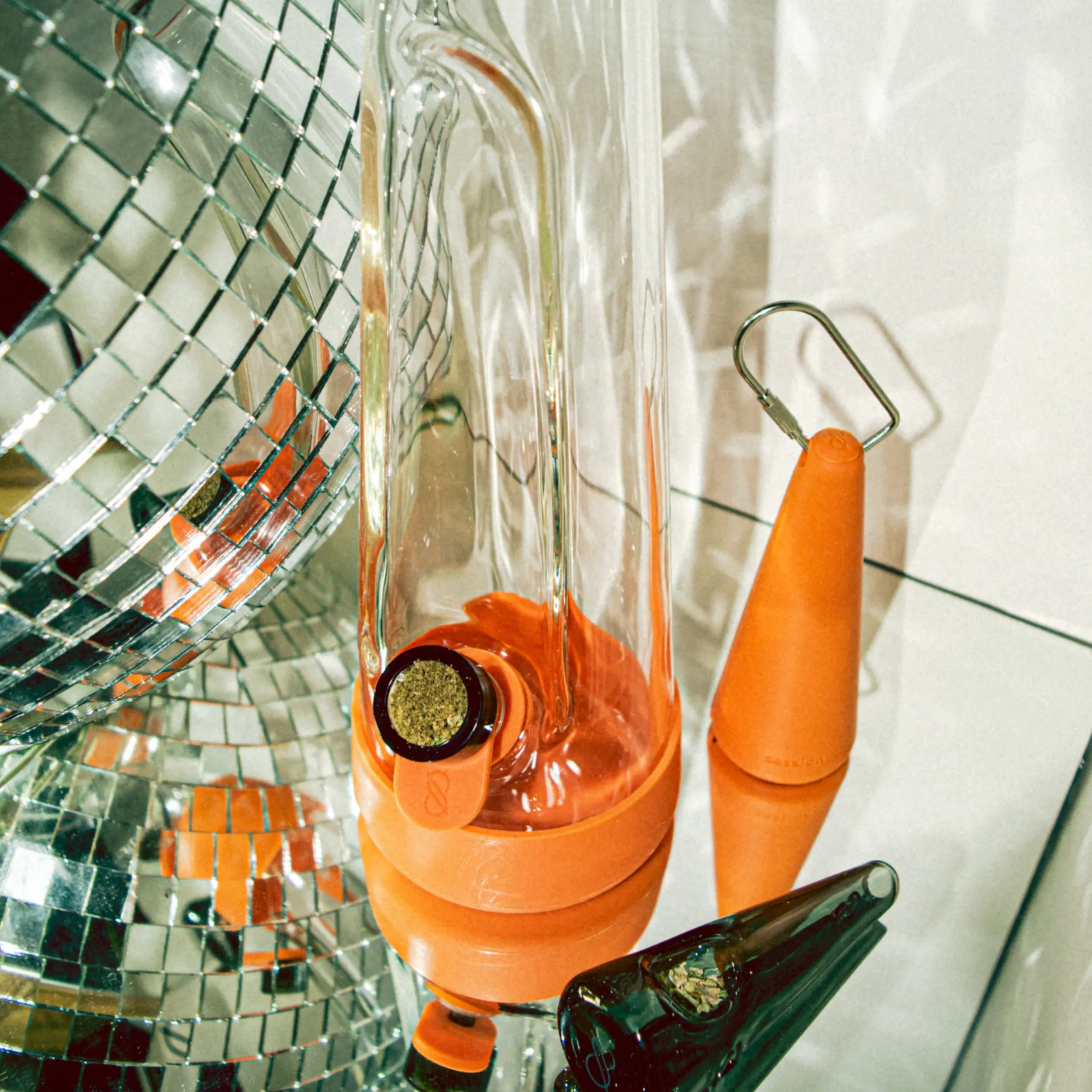


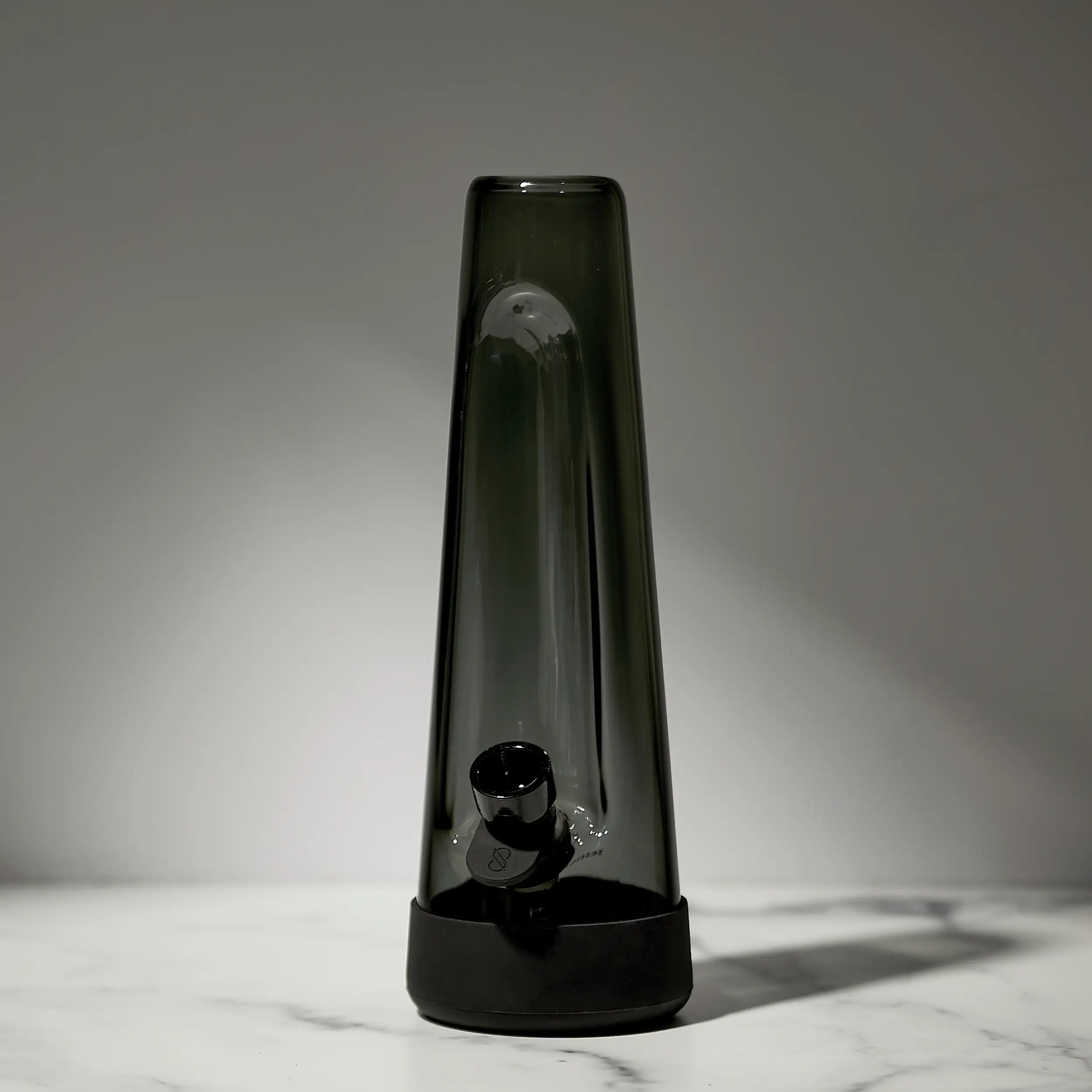
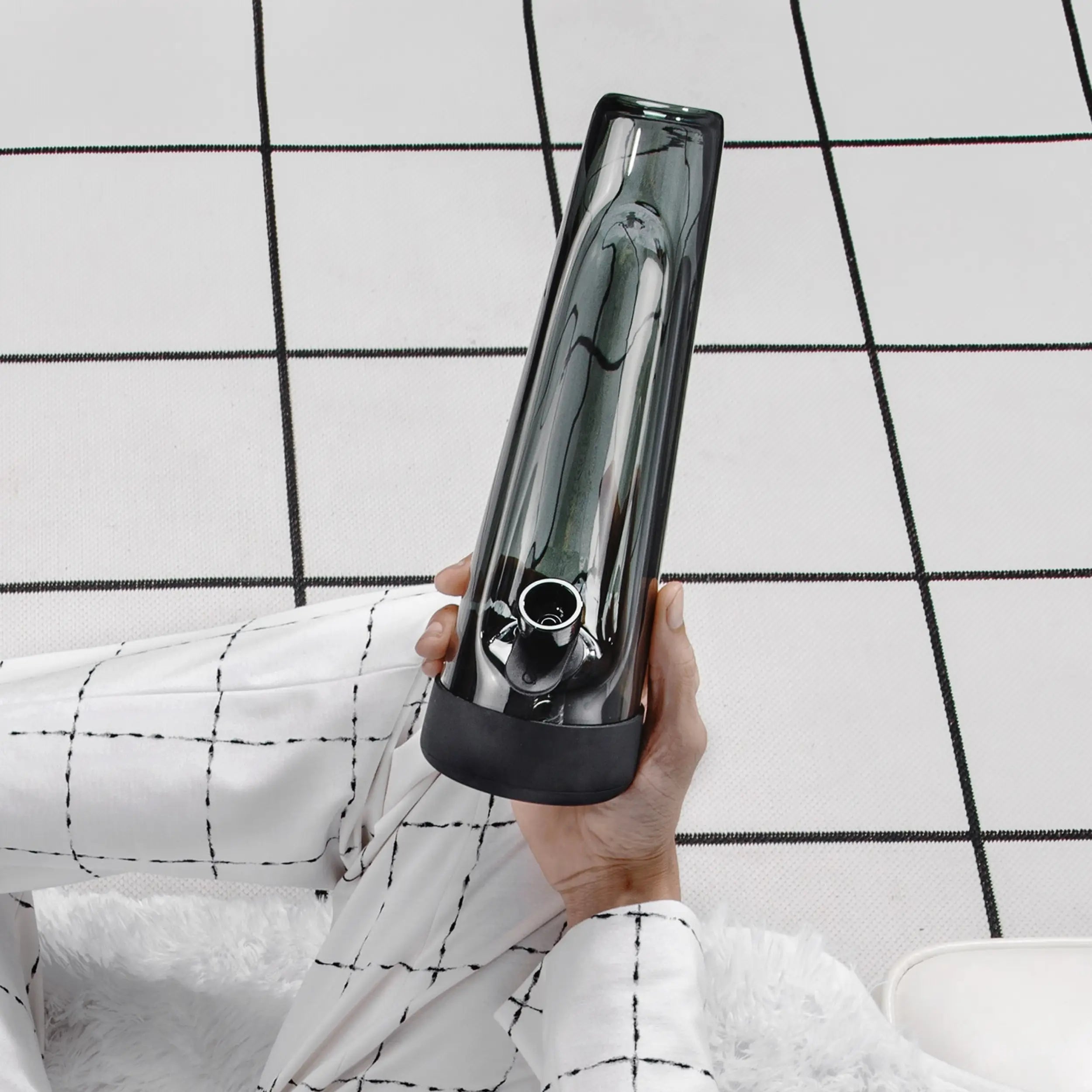
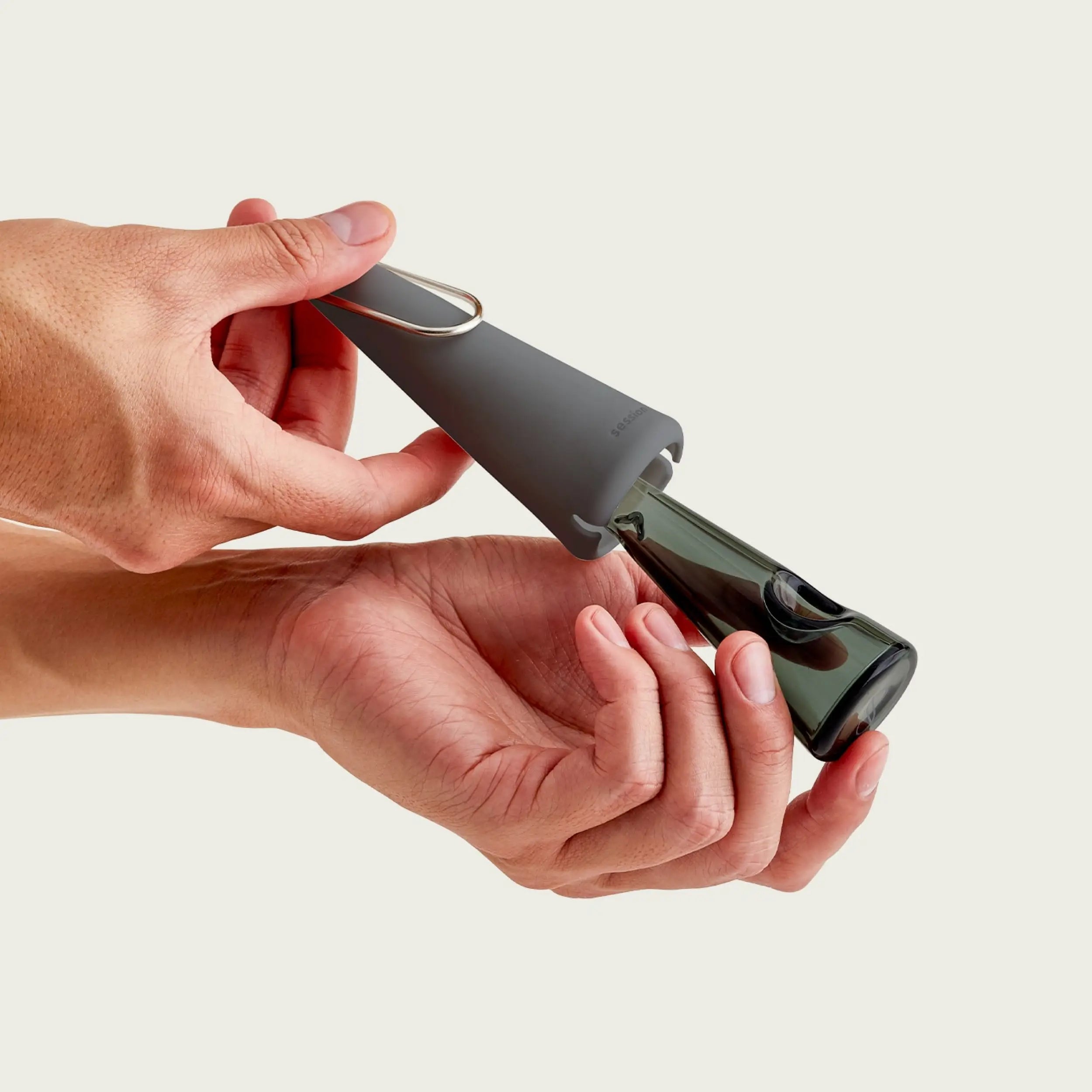
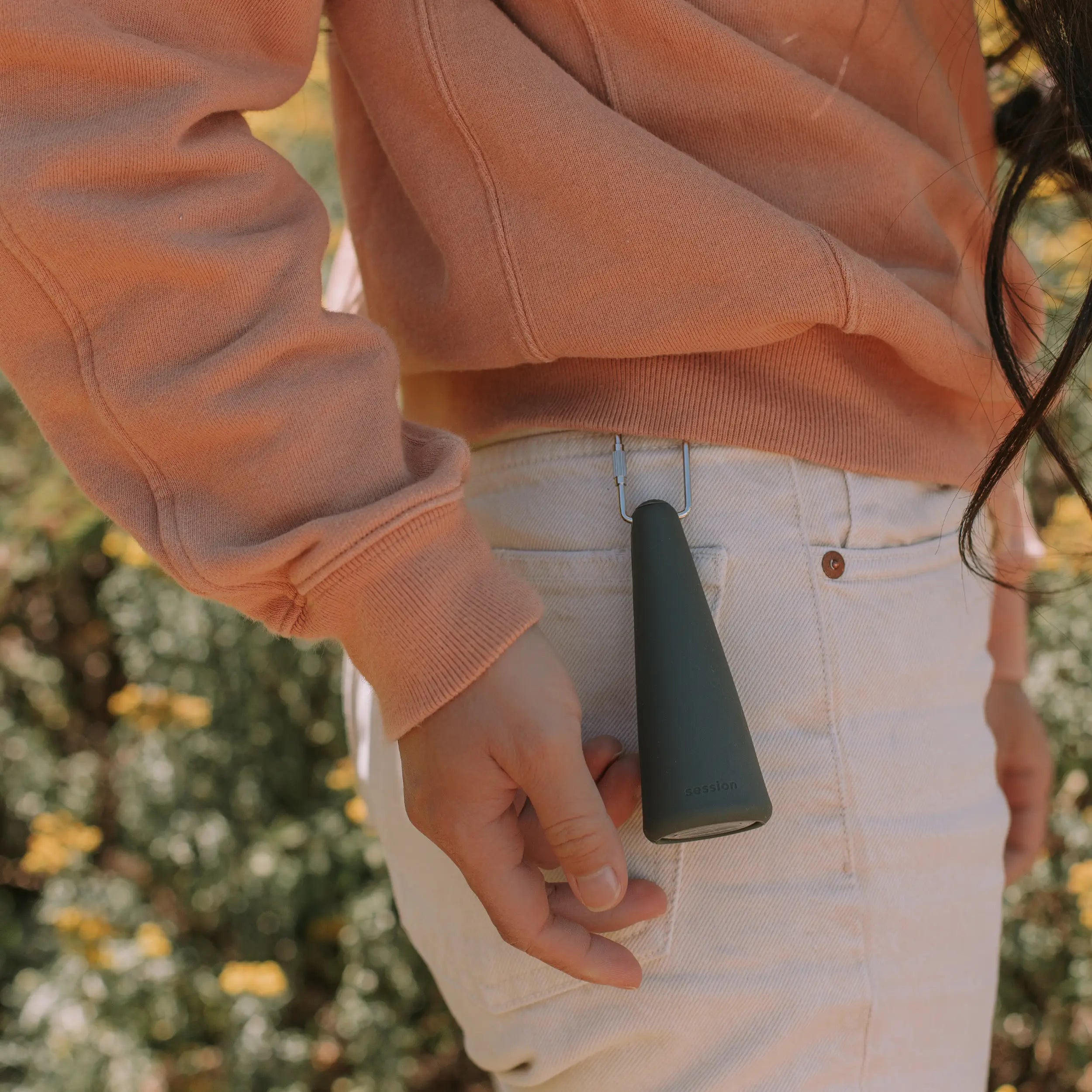
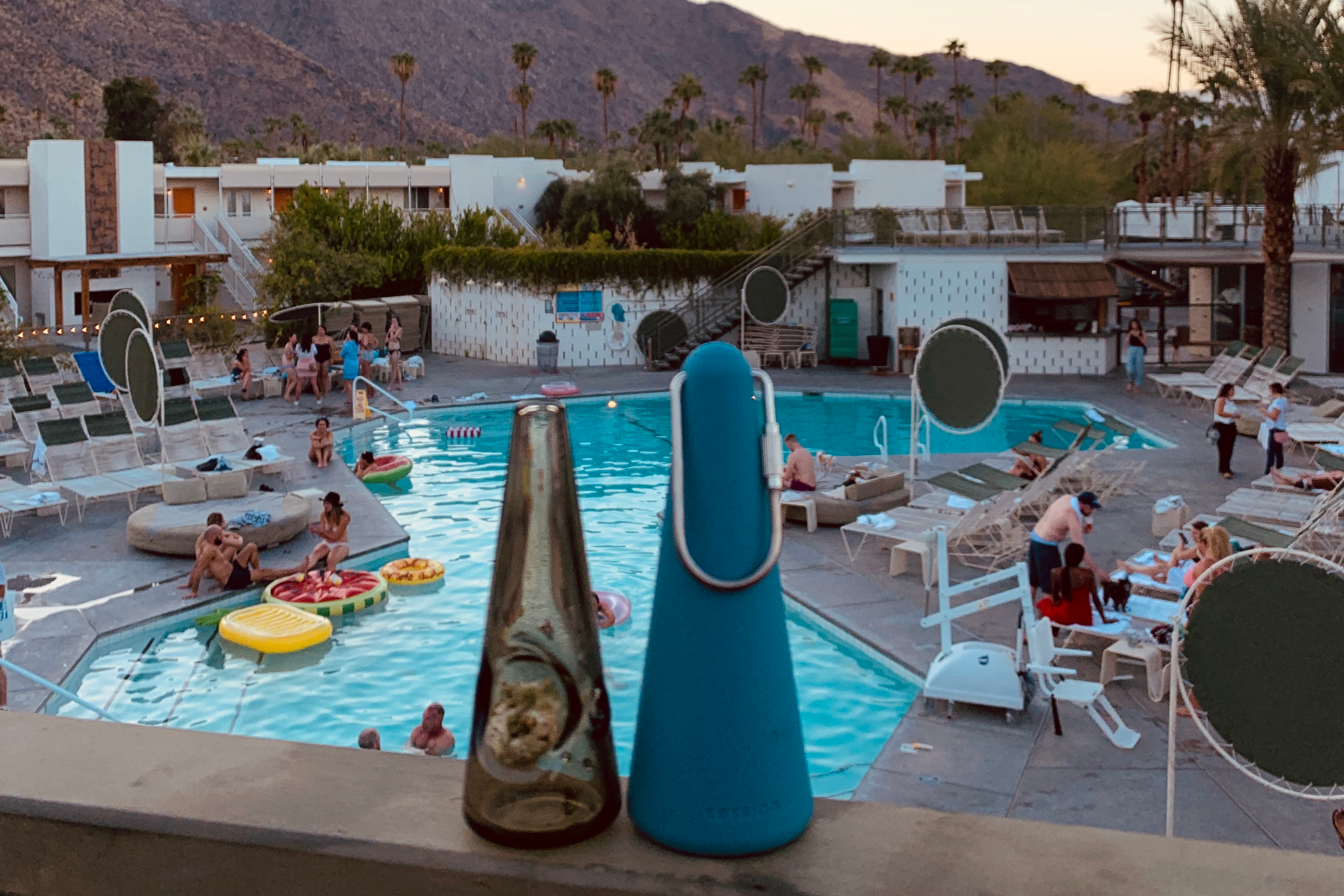




![[in] session blog — Inspiring interviews, articles about cannabis & design](http://sessiongoods.com/cdn/shop/files/session-goods-homepage-insession-blog-mobile_63644ba1-0223-434b-b77e-5f4a30d7375f.webp?v=1692127377&width=600)